Kesair's Geography Part I: Countries, Biomes, and Regions
I wanted to take a little bit to make a semi-detailed synopsis of Kesair's physical geography, and the regions, territories, and countries contained within. This will be a pretty long post, so bear with me. Kesair has 36 different regions/territories/countries, each of which have unique relations with each other and what I hope are interesting concepts and histories. These will be roughly one-paragraph summaries of these entities - summarizing their concepts and some of the most interesting points about them. I'll most likely end up going into more detail over time. This is the first part of what will likely total out to 4 or 5 parts regarding Kesairian geography, politics, and history. All of this information is written as current in the year 1965 A.E.M - the year in which the Kesair campaign I DM, Justicar's Reach, takes place.
----------------
D. Nakuv'im
Nakuv'im is a highly secretive, highly secluded island nation of prophets in the north of Kesair. Outsiders who are allowed into Nakuv'im are few and far between, and even at political delegations it is rare to see a Nakuv'imi delegate appear themselves, or in person - save for those who voluntarily leave the island (which seems to be an increasing number lately - many youths have left Nakuv'im in the last one hundred years). Supposedly, about 500 years ago (around 1459 A.E.M) after the Divine Empire began the First Crusade, the prophets on Nakuv'im foresaw their own destruction. After deliberating on these visions, they decided to take action to prevent it. Nakuv'im originally was located in the Kesairian Channels, to the north of Nei'tali shores and south of the Tarondian Empire. But in 1461 A.E.M, as the First Crusade swept the southern Kesairian landmass and prepared to begin marching on Nakuv'im and the northern landmasses, Nakuv'im disappeared from the ocean, apparently leaving a tidal wave in its' wake as it reappeared farther to the north, shrouded in mist. Nakuv'im did not reveal itself to the rest of the continent until 1480 A.E.M, when they made initial contact with the Nemestraius Reserve.
----------------
A political map of Kesair, legend labeling which territories/countries are which.
Kesair is split into four main chunks of land. It's roughly equivalent to Europe in size, and the water in between these landmasses is a result of the constant rain - to prevent the entire continent flooding, the Kesairian Channels (j.) were created - magically excavated lowland territories into which run-off and floodwater flows to regulate water levels on the continent.
------
A. The Carichian Empire
"An ancient empire founded by an ancient priesthood, supposedly dedicated to the deity who cursed Kesair in the first place."
A famous painting by Carichian classical painter Cysire of Sfiris, depicting the re-discovery of Sfiris by the original surviving priestesses and clerics.
(Image: Landscape w/ Ruins of the Round Temple, w/ Statue of Venus... Hubert Robert. 1789).
The Carichian Empire is an empire established shortly after the First Flood subsided, supposedly in 90 B,E.M. They claim to be descendants of priests and priestesses of Kotal - the deity who cursed Kesair to rain originally. They usually refer to Kotal as Agg'andiea - one of the three common names for the ancient deity, and the most reverent of the three (Kotal is the common name, and on it's own is neutral towards her). They claim to be descended from the priestesses and warrior-priestesses who tended to Kotal's temples. According to Carichian historians, a group of Kotalian worshipers escaped the Illiacht, and went on to survive the flood and return to the ruins of their temple. Their temple was supposedly untouched, and they re-established there, to wait for Kotal's return - as they do today. Their capital is Sfiris, The Eternal City Of The First Temple - but most just call it Sfiris.
B. Nemestraius Reserve
"An island inhabited largely by druids, sylvan, and awakened blight, who tend to an antediluvian flooded forest - they have recently opened their borders for the first time in a thousand years."
The Nemestraius Reserve's forest is a freshwater swamp forest, with a heavy rain season that lasts most of the year.
(Image: User EdwinJs on Wikipedia)
The Nemestraius Reserve is not a 'state' or 'country' in any traditional sense. It's a massive flooded forest, dating from before the First Flood and the Illiacht. It is occupied primarily by druids, awakened blight, and sylvan, who take a life oath to protect the Nemestriaus forest and the massive Antediluvian trees growing in the Heart of the island. For most times in history, Nemestriaus Reserve has had strict entry/exit policies to attempt to prevent any and all smuggling, pollution, and general harm to the forest and the flora and fauna living within. All outsiders are required to be accompanied at all times by an appointed official. Nemestriaus houses a number of species which are extinct in all other territories but the reserve, and the recent opening in 1960 A.E.M was in conjunction with Tiba'av in order to promote scientific research.
C. Vinalaus Federation
"The Vinalaus Federation primarily functions as a haven for guild activity, both legal and illegal. A recent series of mysterious deaths have left a power vacuum."
A city street in Latchkey, the capital city of the Vinalaus Federation.
(Image: Noah Bradley)
Any Kesairian guild, organization, or troupe worth their salt will have some sort of connection to the Vinalaus Federation. Whether it's a local small-time thieves' guild who knows an agent in the Federation, or a continent-wide mercenary corporation with a base of operations in the capital, without a connection to Vinalaus it's not worth much of anything. The Vinalaus Federation was originally established in 1742 A.E.M in order to promote credibility in guild organizations across Kesair - and during the First Guild Era, it did. The First Guild was an organization established in 1740 A.E.M by Zayla Latchkey (who also founded the Vinalaus Federation two years later), a Shadar-kai ex-thief. For about 100 years, until Zayla's murder by Pelagius Mercanary Co. in 1843 A.E.M, the First Guild operated Vinalaus operated under this principle of good-will and helping the downtrodden. However, the third era, the Foley Era, has just drawn to a close with the murder of the Guildmaster (the leader of the Federation), a Kenku named Foley Tabrasa in late 1964 A.E.M. Foley's murder has left a power vacuum in the Federation, and each powerful guild is trying to throw their weight hard enough to fill it.
D. Nakuv'im
"Nakuv'im is a prophetocratic nation in the far north of Kesair, highly secluded and with strong magical defenses against outsiders. Nobody but those who were born there seem to be able to get in."
Nakuv'im is constantly surrounded by a thick magical fog, which lingers for miles off the shores.
(Image: Cathy Hartland)
(Image: Cathy Hartland)
Nakuv'im is a highly secretive, highly secluded island nation of prophets in the north of Kesair. Outsiders who are allowed into Nakuv'im are few and far between, and even at political delegations it is rare to see a Nakuv'imi delegate appear themselves, or in person - save for those who voluntarily leave the island (which seems to be an increasing number lately - many youths have left Nakuv'im in the last one hundred years). Supposedly, about 500 years ago (around 1459 A.E.M) after the Divine Empire began the First Crusade, the prophets on Nakuv'im foresaw their own destruction. After deliberating on these visions, they decided to take action to prevent it. Nakuv'im originally was located in the Kesairian Channels, to the north of Nei'tali shores and south of the Tarondian Empire. But in 1461 A.E.M, as the First Crusade swept the southern Kesairian landmass and prepared to begin marching on Nakuv'im and the northern landmasses, Nakuv'im disappeared from the ocean, apparently leaving a tidal wave in its' wake as it reappeared farther to the north, shrouded in mist. Nakuv'im did not reveal itself to the rest of the continent until 1480 A.E.M, when they made initial contact with the Nemestraius Reserve.
E. Vicalvia
"Vicalvia is a nation that made it's reputation as the trade capital of Kesair, and built itself upon the scavenged ruins of a dead magitech empire."
Vicalvia's access to Khosith magitech has made it the center of Kesair's booming magitech industry.
(Image:Mehmet Ozen)
Vicalvia is a nation whose government centers around high-society circles of trade princes, industrialists, and old-money families. Almost everything in Vilcalvia - the economy, the culture, the technology - is somehow tethered to magitech. Vicalvian magitech is unique - firstly, most all "Vicalvian" magitech wasn't made by Vicalvians. Most magitech in Vicalvia is either (rarely) Alesirian import or, much more frequently, unearthed from an ancient dead empire - of which little is known except for the fact that it likely fell about a century after the First Flood, and the magitech it left behind is unique. The devices uncovered are capable of forming a bond with the consciousness and soul of their user, increasing their potency and durability, and giving the user power in exchange for a small drain on their life force. Vicalvian historians have called the empire the Khosith Magitech Empire, or the K.M.E. The current leading Vicalvian political figure is Trade Prince Kirnon Sterling-Astrophel, a dhampyric prince who apparently uncovered a huge undisturbed Khosith city, and has been recovering and scavenging it (as well as keeping the location one of Vicalvia's best-kept secrets) for the last five years.
F. Luaria
F. Luaria
"In the frigid spires of the Asalken Mountain Range, the Luarians have made their homes. They claim to seek the secret to the rain."
Renwick University, the Luarian capital and one of Luaria's many scholary institutions and universities.
(Image: Lok Du)
Luaria is a fairly new territory - it was founded in 1514 AEM by academics seeking isolation to devote themselves entirely to study. Luaria is not so much a country or republic as it is a territory of affiliated cities and universities, with some smaller outposts in-between them. There are four Founding Universities - extremely prestigious universities which draw in students and scholars from all over Kesair. The first is Renwick University, which is the 'capital', and seats the Luarian Academic Council. Renwick Univeristy was founded by Ios Renwick, an Arcanatron. She is still alive today, and serves on the Luarian Academic Council. The other three are Gadiel University (founded by the aasimar Gadriel), Opheli University (founded by Ophelia Kismet, a vampire), and the youngest, Florence University (founded by the shardmind, Kurin Laurent Florence). While Luaria is an isolated territory, they often welcome scientists and academics from other countries and territories, and host several conferences, delegations, and research teams annually.
G. Yanguk Desert Territories
"Unclaimed desert. Here, rain never touches the ground - it dissipates long before it touches the burning sands. Folklore says that something sleeps beneath the dunes here."
On the edges of the desert, the dissipated rain comes down as fog. The edges of the YDT are thick fog deserts.
(Image: Wendi Curtis)
The Yanguk Desert Territories (YDT) are uncontested and unclaimed. This mostly comes down to the fact that the YDT are inhospitable to most races, and only relatively small part of the desert is actually comfortable to live in. The
center of the Yanguk Desert Territories is called the Eye by most
locals, and the temperatures there are high enough to kill most races
without extreme environmental protections. The heat is so stifling and intense that it burns the rain miles above the ground, creating massive blankets of fog and clouds that are an almost-permanent fixture in the YDT. Fog settles over the edges of the desert, creating a border region of fog deserts with mists so thick you can barely see your hand. There are many settlements, towns, and trade outposts in the border fog deserts and, for those foolsih enough to brave the sands, in the desert proper. There are several cities that create their own legislation, and control their own chunks of 'territory' - usually the city itself and a radius of a few miles. The unofficial capital, however, and the strongest point of contact to other nations is Ashiniri. Ashiniri is located in the fog desert, and has several subterranean levels hosting the majority of it's "nightlife", as well as residential districts. There are huge obelisks and derelict spires, and bizarre, hostile-looking bunkers or cement blocks of some sorts in the Eye, and they've been there as long as anyone could remember, but few venture close enough to ascertain their purpose or history - and fewer make it back with their notes. The Eye is also hot enough to sometimes burn a hole in the cloud layer, and is said to be the only place on Kesair you can see the sky and sun uninterrupted - though few volunteer to go verify that claim. (I'm currently running a campaign in the YDT, so I'll be coming back to it more soon.)
H. Lastiron
H. Lastiron
"A highly polluted, religious republic with cities built in the hollowed-out ruins of it's own industrial age. Claim to be able to operate the atmospheric control stations and environmental spheres."
Lastiron's cities are, for the most part, built out of hollowed out and gutted industrial facilities and factories.
(Image: Camille Bachman)
(Image: Camille Bachman)
Lastiron's industrial era drew to a close nearly a century ago, in mid-1864 A.E.M. While Lastiron's peoples transitioned to a 'cleaner' arcanic energy era, the remnants of bygone industrialism still cast a deep shadow, and much of Lastiron's pollution still has not cleared up - an issue which is not helped by a government with a lax approach to environmental restoration programs. Lastiron is a religious aristocracy with a deep class divide - and strange deities to worship. Lastiron's primary 'deity' is an odd one. He is the self-declared G-d of industrialism, commerce, profit - but also the G-d of pollution. He is a single man, birthed of a mortal mother, and his name is Ford Immanuel Kaynes. Kaynes is trying to usher in the age of the Lastiron Pantheon, and is currently in the process of creating it. He claims that he himself has been through the G-dhead Cycle, and is attempting to usher other 'worthy industrialists and innovators' through it. While he is secretive about the process, what little news that filters down through the Speaker's Council (the highest rank of government an 'average' citizen can speak to) indicates he has experienced a success, but may be hiding a failure.
I. The Citystate of the Shardcoast
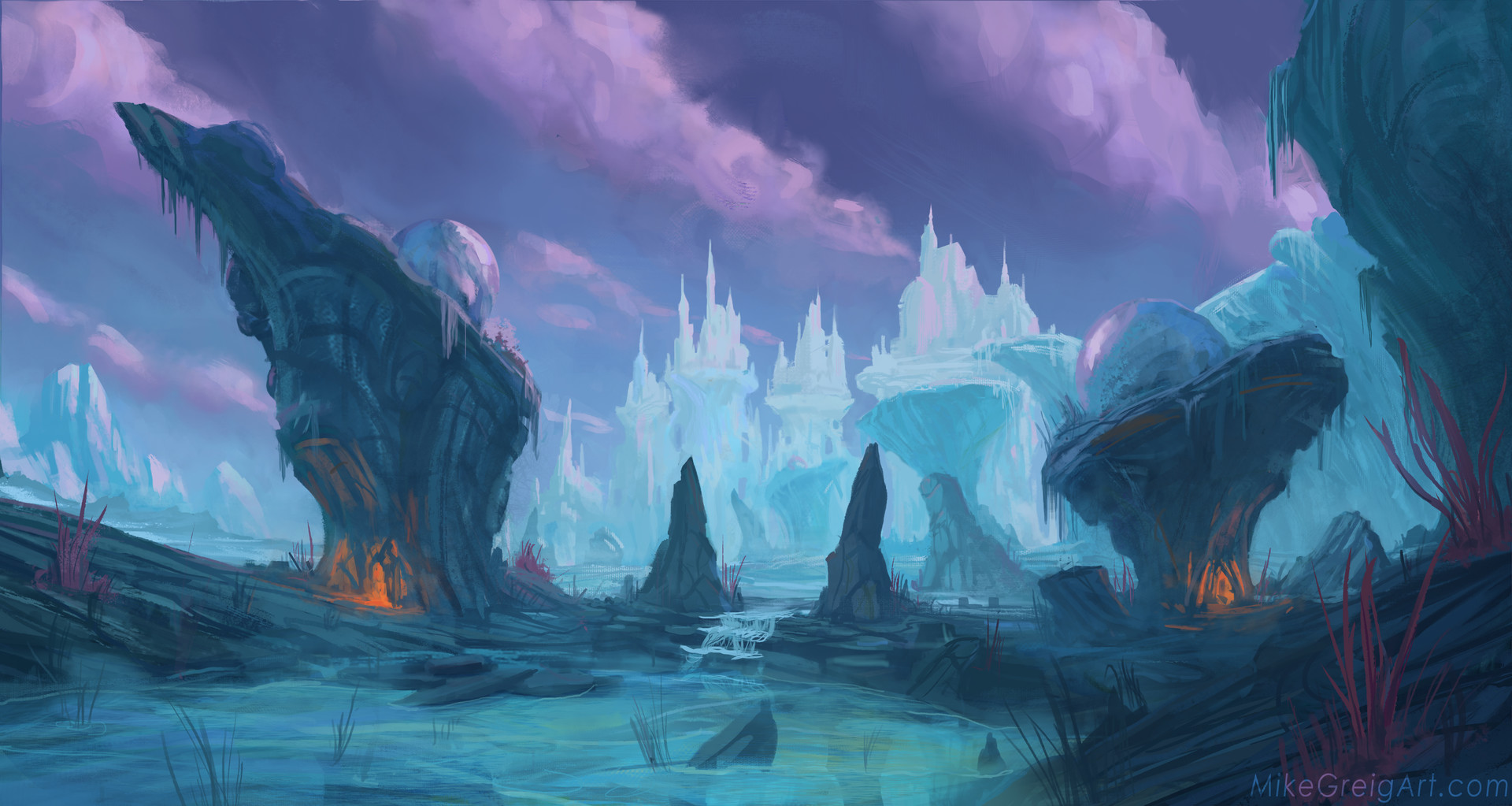
"A telepathic shardmind city state where important monuments and buildings are constructed of the remains of dead shardminds, creating a communal hivemind and communal memory."

The marshlands at the foot of the cliffs and spires the Citystate of the Shardcoast rests atop can be as crystalline as the city.
(Image: Mike Greig)
(Image: Mike Greig)
The Citystate of the Shardcoast is a small but distinct territory, founded in 1611 A.E.M in a unique biome called the Crystalline Marshes. The Crystalline Marshes are a swathe of marshland touched by arcane energies many centuries ago, causing them to sprout naturally created crystalline spires and cliffs, perfect for later shardmind inhabitation. It is the general hub of shardmind population on Kesair. The Shardcoast is unique in that many significant structures, monuments, and buildings are created from the donated bodies of deceased shardminds. This creates a communal hivemind of sorts, with the crystals still carrying the resonance of consciousness and memory. A shardmind who made a great discovery may one day die, but if their body is incorporated into the Citystate, their memories will live on in the city.
J. Belothkine
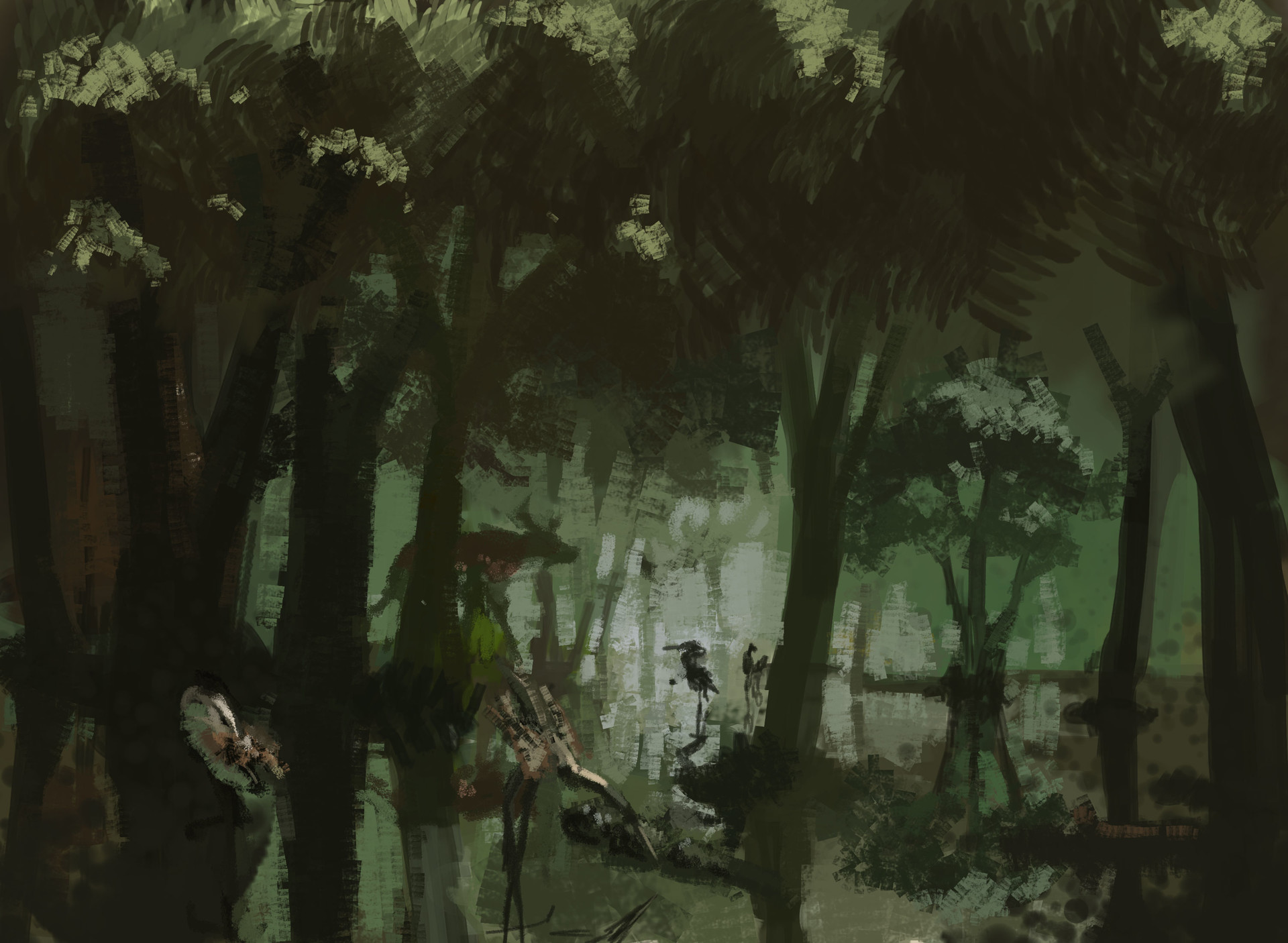
Belothkine
(Image: Itamar Reiner)
J. Belothkine
"A floodplain, rife with hostile life. Formally an 'ungoverned territory', it is occupied by a matriarchal society of gunslingers and tradeswomen who congregate in the Floodsprawls."

Belothkine
(Image: Itamar Reiner)
While many efforts to establish colonies and 'official' government in Belothkine have been made by surrounding countries, none so far have succeeded. This owes mainly to two things; firstly, Belothkine's native flora and fauna are exceedingly tough and tend towards violence. Secondly, the tradeswomen and gunslingers who have already made their homes in the Floodsprawls - a series of half-flooded, vast, underground caves and tunnels - and the floodplains themselves are unwilling to allow the land to be exploited by settlers and colonizers. Belothkine's inhabitants are predominantly matriarchal, and much of the population are either refugees, exiles, ex-cons, lost travellers, or descendants of them. Belothkine's peoples make no significant attempts at coalescing into major cities or national governments, satisfied to allow other nations quabble over territory they could never survive in. Most Belothkinian authority is based on experience, elder status, and community leadership, and many residents organize themselves into either roaming nomadic bands or semi-permanent settlements. Each band or settlement will tend to have at least one 'authority' or elder of some sort, with most having small councils of leadership that work towards the survival and contentment of the community. Belothkinian bands and settlements rarely become large in scale - many larger settlements are eagerly infested by hostile flora and fauna, and many are hesitant to put themselves in harms way for a small measure of comfort. The largest 'city' in Belothkine is Floodgate, a walled city of concrete and metal. Floodgate is the trade hub and one of the only places goods and services can be imported or exported, as well as one of the safest places for outsiders and the rare thrill-seeking tourist.






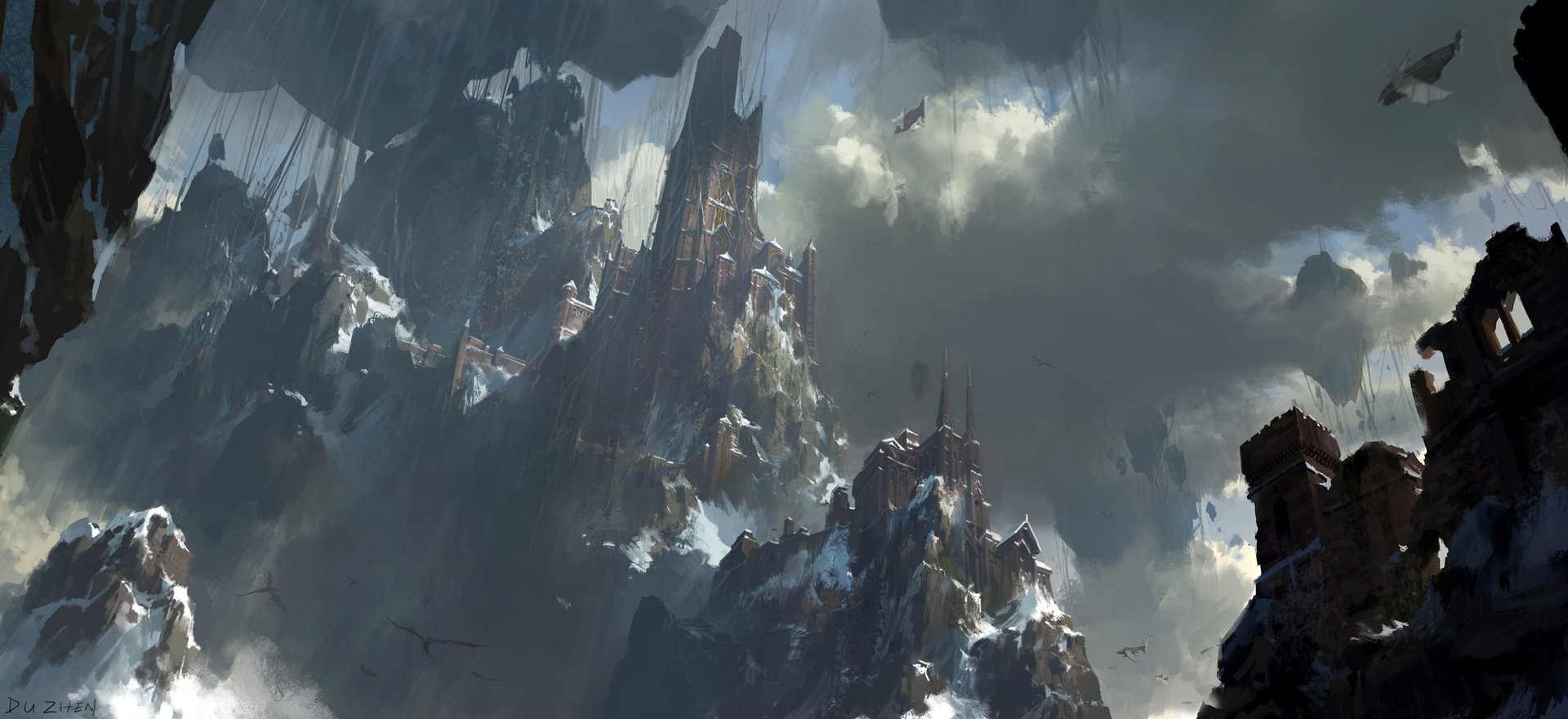
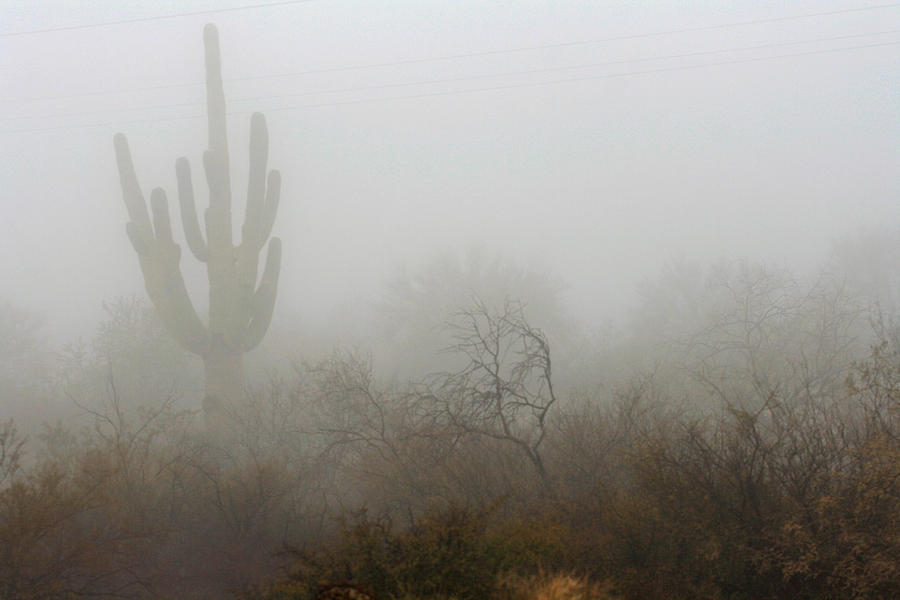
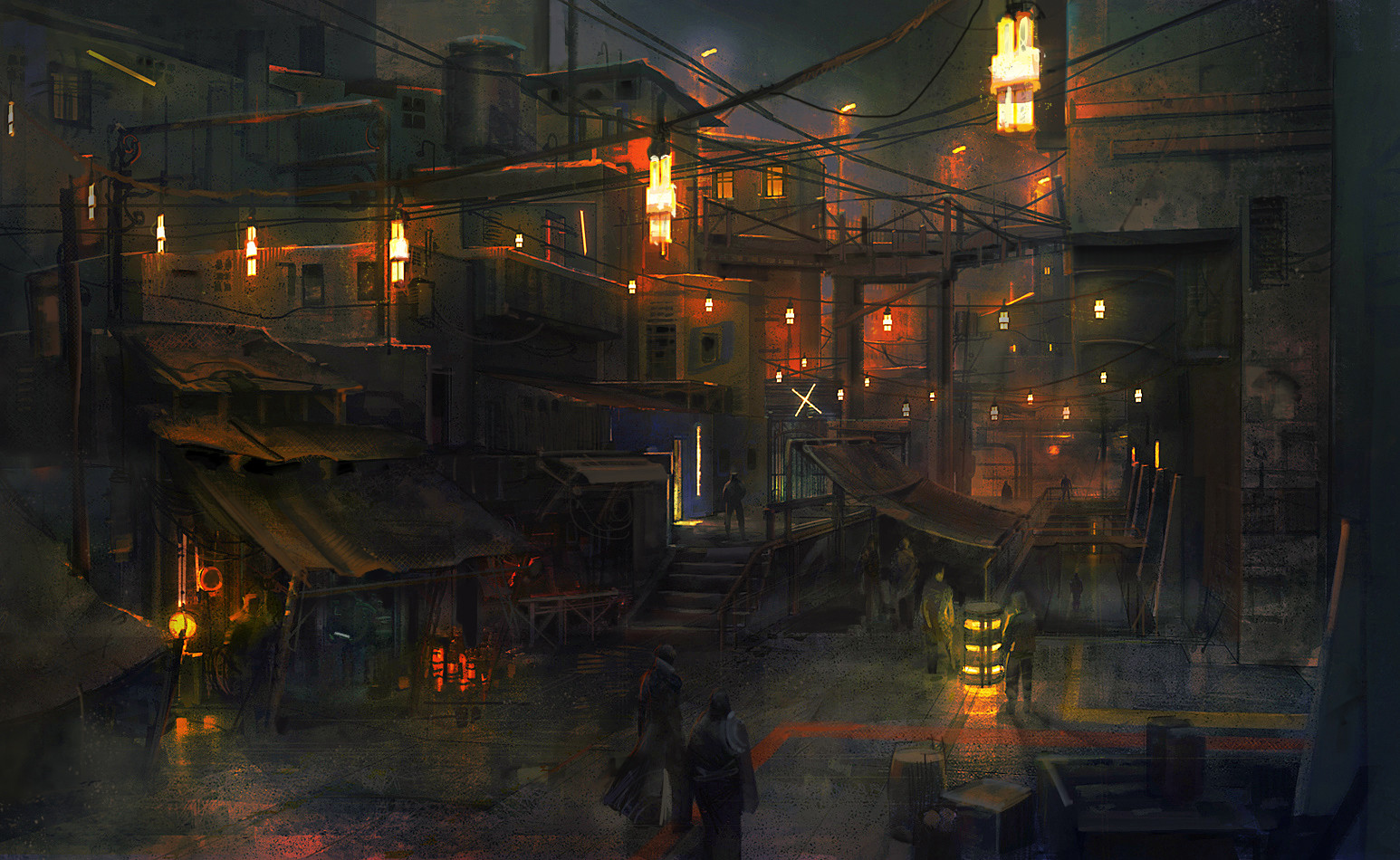
Comments
Post a Comment